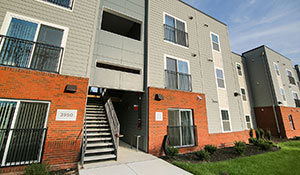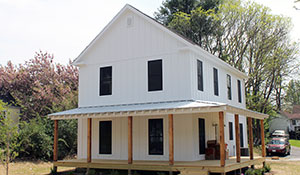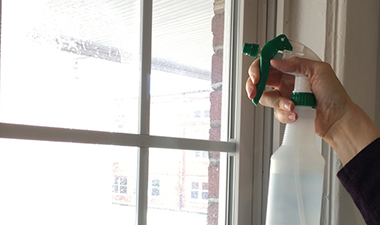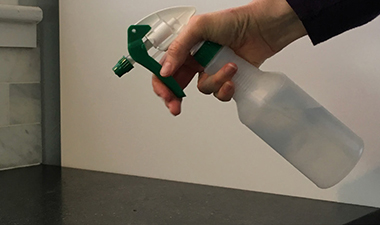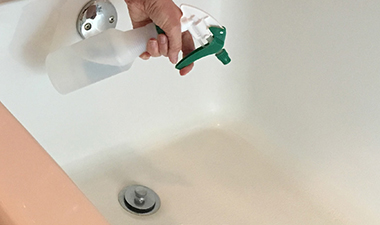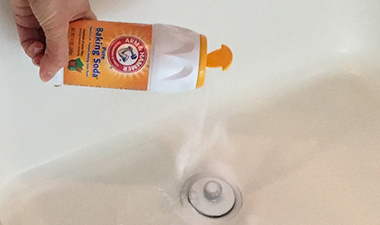Safety Information
Only fill bottle as directed by label.
First Aid: If irritation occurs, rinse skin and/or eyes with plenty of water and move to a well ventilated area. If swallowed, drink water and do not induce vomiting. Call a doctor if irritation persists.
Mold can become a problem in your home if there is moisture available to allow it to thrive and multiply. Common sources of indoor moisture include house plants (watering can generate large amounts of moisture), steam from cooking, shower/bath steam, and wet clothes in indoor drying lines.
There are several ways in which your help can prevent this in the future. The following list may be used as a guide:
Remove Excess Moisture
1. Dry out mops and cleaning utensils thoroughly before storing inside your apartment.
2. Wipe down bathroom walls and shower doors immediately after bathing; allow towels to air out. Wash and dry towels often.
3. Wipe down any condensation from interior of windows and windowsills; wash and dry towels immediately.
Keep Things Clean
1. Keep closets, dresser drawers – any place where mildew is likely to grow – as clean as possible.
2. Soil on dirty articles can supply enough food for mildew to start to grow when moisture and
temperature is right.
3. Greasy films like those that form on kitchen walls, also contain many nutrients for mildew or mold.
Circulate the Air
1. When the outside is drier than the inside, ventilation allows the dry air to enter, take up excess
moisture, and then be carried outside.
2. When natural breezes are not sufficient, please use your central air conditioning (fan only) and
bath/laundry room exhaust fan(s).
3. Poorly ventilated closets get damp and musty during continued wet weather, and articles stored in
them are more likely to mildew.
4. Try to improve the air circulation by opening the closet doors. In addition, hang the clothes loosely so
that air can circulate around them.
5. Dry all wet clothing (including clothes wet from rain or perspiration) before putting it in the closet.
Cleaning Mold from Small Areas
To clean a small area where mold has grown, the Federal Environmental Protection Agency recommends that you first clean the area with soap (or detergent) and water. Let the surface dry and within 24 hours apply a spray-on household biocide, such as Lysol Disinfectant, Tilex Mildew Remover, or Clorox Cleaner. Make sure you follow the instructions on the label.
Do not apply biocides to visible mold that may have grown on porous surfaces, such as sheetrock walls or ceilings. Also, do not attempt to clean or apply biocides to large areas of a non-porous surface where mold is visible.
If you observe mold or mildew, please contact your Property Manager and notify them of the problem.
